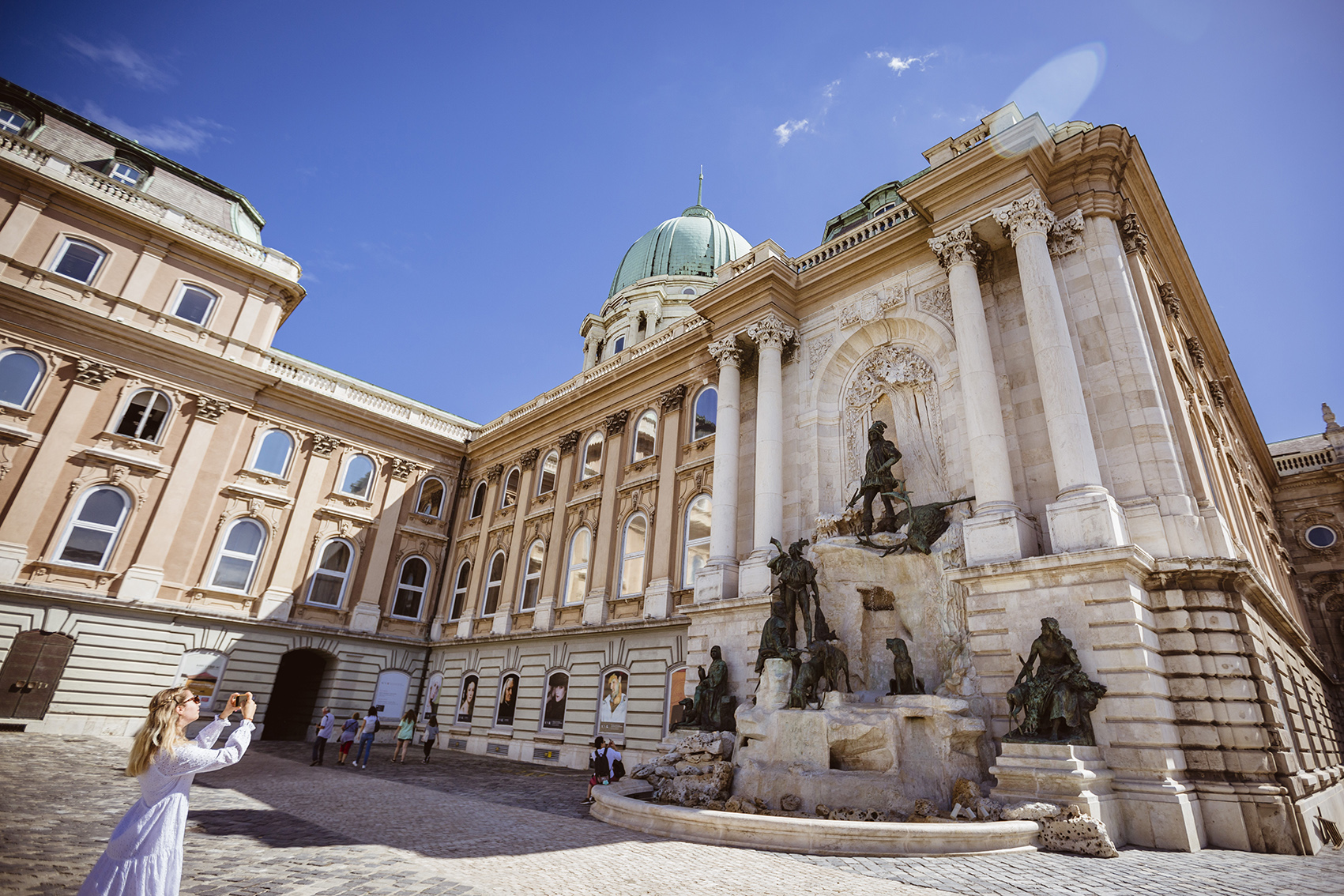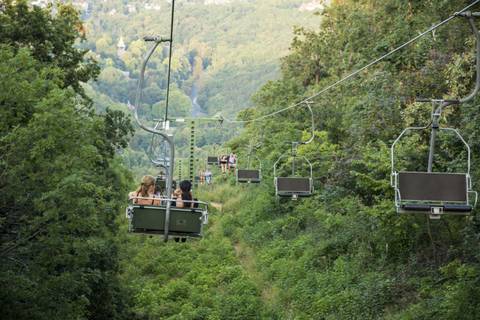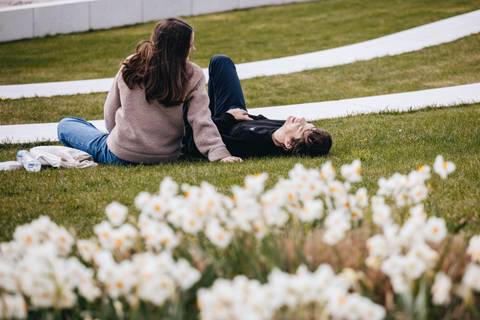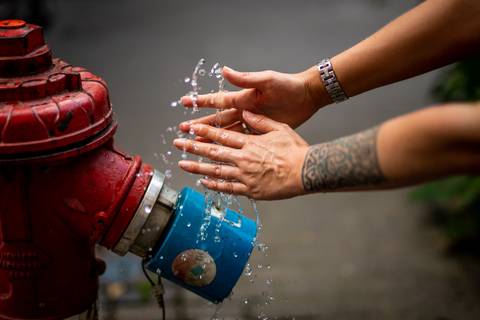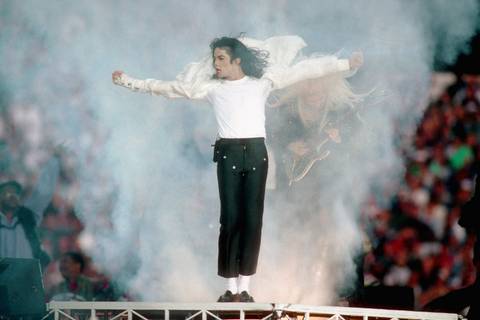The grandson of the fin-de-siècle sculptor Alajos Stróbl who created the Mátyás Fountain at Buda Castle has just unveiled the landmark he helped to renovate. Mátyás Stróbl took part in the nine-month reconstruction of the fountain, which now shines thanks to newly installed colourful illuminations.
The renovated Mátyás Fountain in the Hunyadi courtyard of Buda Castle has just been unveiled to the public. Experts, including the grandson of the original sculptor, famed Habsburg-era master Alajos Stróbl, carried out the complete reconstruction of the fountain and statues around it, sometimes referred to as the Hungarian Trevi.
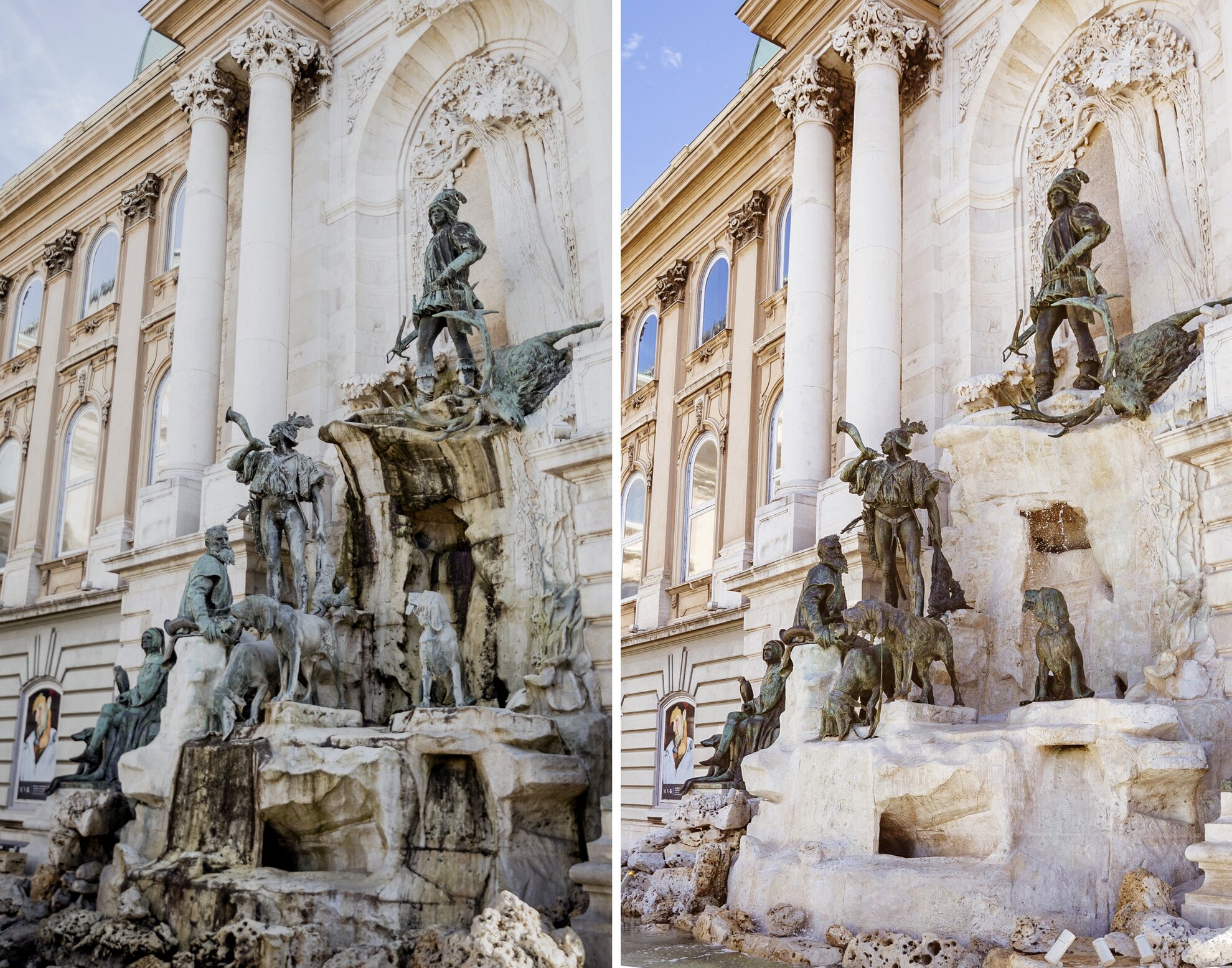
Named after and depicting Renaissance King Mátyás, who transformed Buda Palace before its destruction by conflict and invasion over the centuries, the fountain was created by Alajos Stróbl in 1904.
Renovation and rebirth
“My grandfather defined Budapest at the turn of the century,” said Mátyás Stróbl at the opening of the newly renovated landmark. “His works can still be found in many places, from the statue of St Stephen at the Fishermen's Bastion to the statue of János Arany in front of the National Museum. The Mátyás Fountain, now wonderfully renovated, was one of the most important works of his life, and it is a great feeling to see its rebirth.”
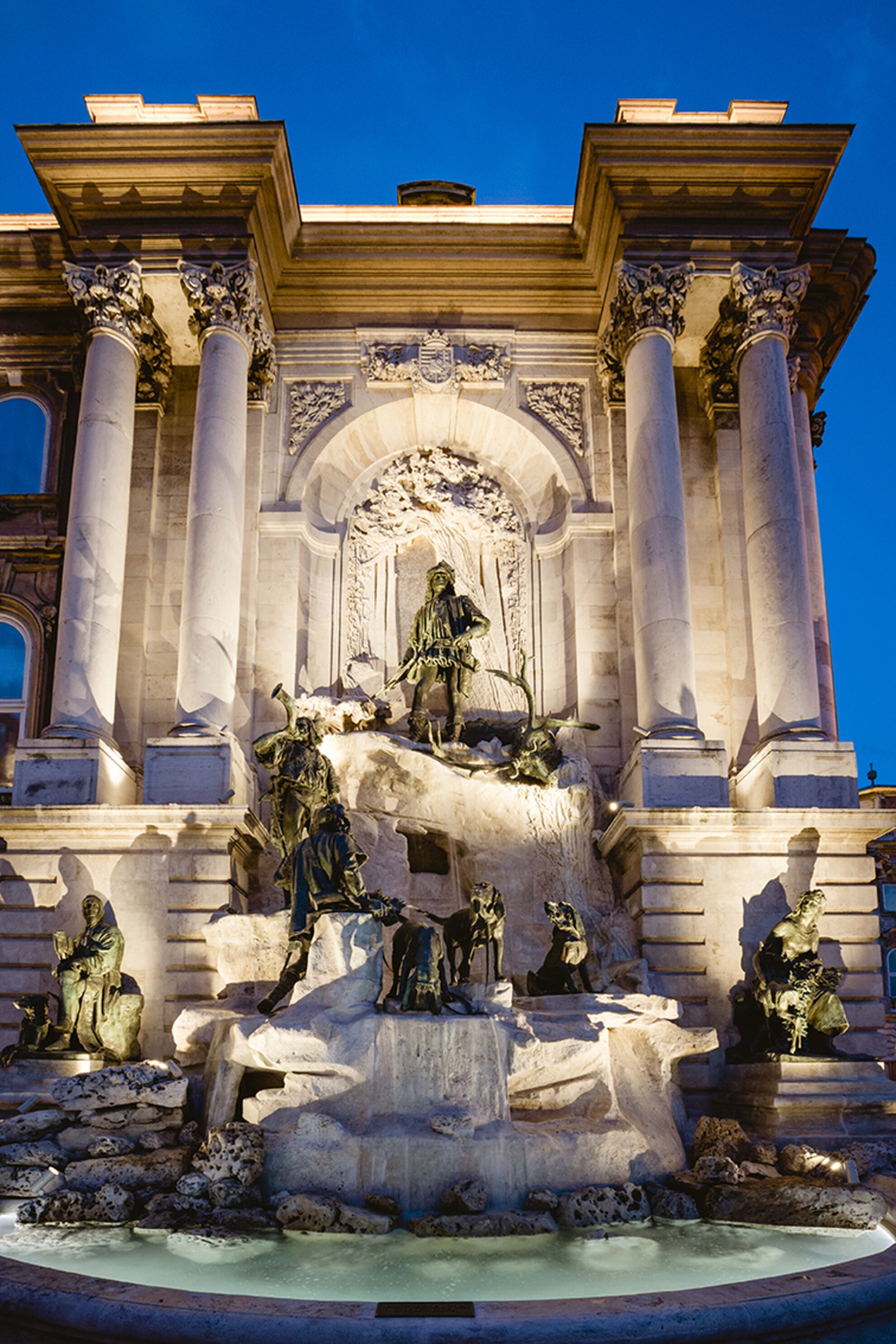
A popular attraction for visitors, the fountain suffered severe damage in World War II, and had only been partially reconstructed. Over the decades, water began to leak in several places and layers of dirt built up. Cleaning has been carried out by a special process that preserves the surface, the engineering and drainage problems have been corrected and the fountain has received new decorative lighting. Now wonderful colours illuminate the carving of the king and his entourage in repose during a hunting expedition – just as Alajos Stróbl originally envisaged.
